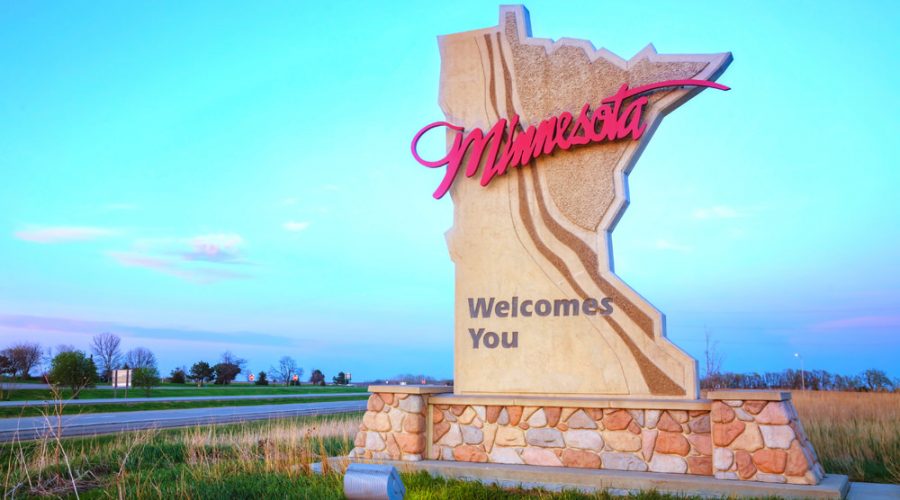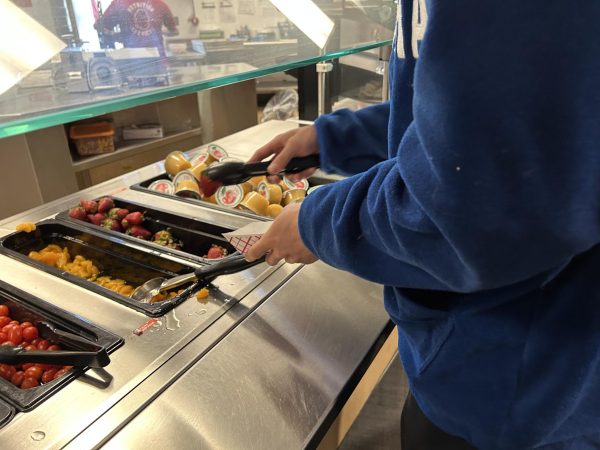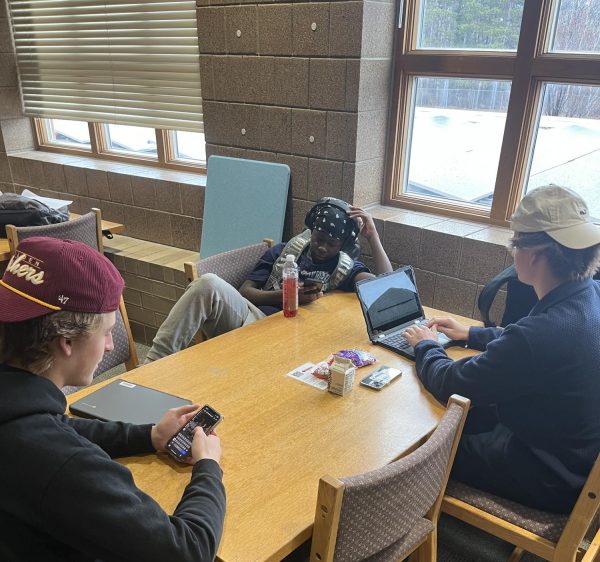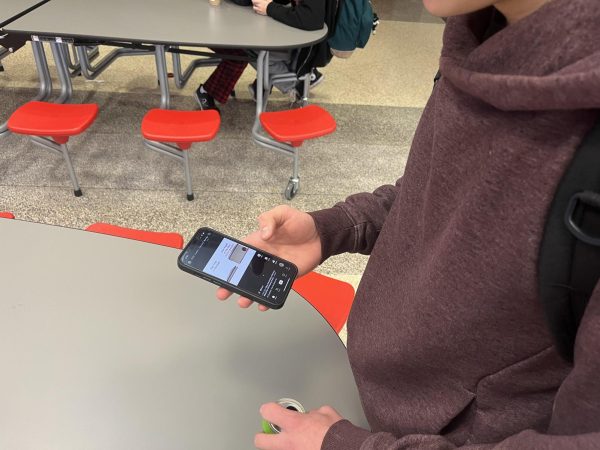Bridging educational inequality through choice
The answer to the educational inequality gap is school choice. For years students of schools in suburban areas have enjoyed a superior education to student who attend schools in the inner city; schools which tend to be underfunded and overcrowded.
The school choice policy allows a student to attend a school outside of their designated area or district. In some cases the state government may even provide financial support for the student to attend an alternative school. Most recently state legislature in California allowed a policy that permitted school choice to expire. If the policy is not reinstated many students who attend schools outside their district will be forced to go to their designated school. This is much to the discontent of many parents, and rightly so.
Junior Charlie Hanley said, “It’s the state’s responsibility to give children a good education whether from a private or public school, open enrollment would better serve the needs of the children.”
The opportunities made available by school choice is most beneficial for student of low income districts. In Minnesota, for example, programs like “The Choice Is Yours” subsidies the cost of attending suburban schools including transportation.
In some cases circumstance places a student into an unhealthy educational environment, this is especially true in low-income districts. These unfortunate circumstances contribute to the cycle of poverty. However, by allowing these students to choose schools that have a positive learning environment and more opportunity we begin to observe fractures in the cycle of poverty.
Hanley commented, “A child who is getting a lesser education deserves to a better education.”
Though the question of “does school choice works?” often arises the simple answer is yes. That was a fact proven by the Friedman foundation who compiled the data from 15 independent studies and found in 12 of those studies, some or all of the students in the voucher (treatment) group achieved better academic outcomes than the control group.
With all this research, allowing children to choose their own school is an obvious choice. It is true many states already have some form of school choice policy, but in many cases they don’t go for enough, for example, in California where that bit of legislature was allowed to expire.
The reason school choice policies are absent or inadequate are the concerns raised by critics of school choice. They state that school choice takes money from traditional public schools, therefore giving school choice children an unfair advantage. They also point out many of the private schools given money by school choice are religiously affiliated.
However, many of the students who need financial support from a school choice policy are already disadvantage, and by giving them extra funds it just levels the playing field. Also the only reason religiously affiliated schools are given more funds is because these students are choosing to go to them. Critics also argue school choice creates inequality because only wealthier students can go to a different school, though programs like “The Choice Is Yours” already addresses that issue.
Minnesota was once the leader in school choice, however it has since fallen behind. Though many critics complain of Minnesota’s school choice policies, programs like open enrollment allow for students across Minnesota to choose their school.
Hanley said, “Students should be able to go outside their district.” Hanley took advantage of Minnesota’s open enrollment to attend Afton-Lakeland elementary, when he should have gone to Woodbury. Hanley’s ability to choose his school has profoundly impacted his life. He has met the friends he now knows, and in his opinion got a superior education.
Many aspects of school choice policies focus on private, charter and magnet schools. Charter schools are public schools, but the school does not have to deal schools boards and sometimes rely on private donations. Magnet schools are another form a public school that uses different learning techniques to draw a diverse group of students. According to the National Center for Education Statistics of the roughly 41 thousand students who attend magnet schools in Minnesota 63 percent of them were considered minorities.
Many people don’t see the total positive impact these different schools create. For one they take the strain off of traditional public schools by creating smaller class sizes which benefits students. These different types of schools, private, charter, and magnet, also attract people from a broader range, and not just because the school is nearby. Because it attracts a wide array of people the class are much more diverse.
In this very unusual presidential election many important and many more less important topics will be brought. However, it is very unlikely much will be brought up about school choice. Which is a real shame considering updated school choice policy have a real potential of bridging the inequality gap. One the national scale individuals can do very little, but at more local levels just a few people can start a conversation about choice. Though a more reasonable goals is just to be educated on school choice policies and maybe that alone will start the conversation.
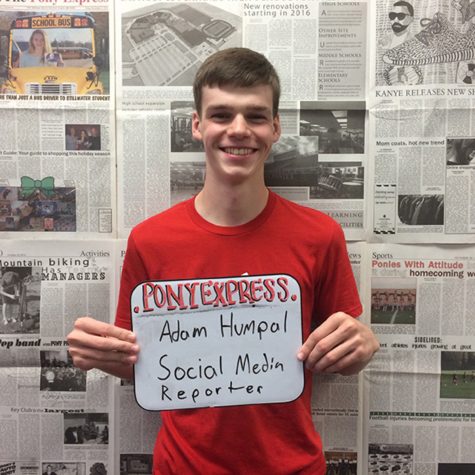
Adam Humpal has one older brother, he enjoys biking and fishing. Adam also likes to play video games and watch television. Adam's favorite sport to play...


